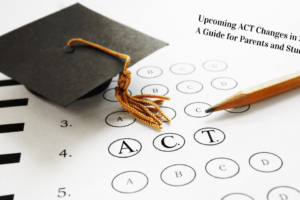
How to Establish RTI and the 3 Tiers of Interventions for Struggling Learners
Response to Intervention (RTI) was established in 2004 through the Individuals with Disabilities Act (IDEA) to identify and assist struggling learners. Using a universal screener and teacher input, students were identified as having difficulty academically. They would be provided interventions to strengthen their skills in that particular subject.
The three intervention tiers are used not only to provide extra support to the struggling students but also to monitor the students and determine if the interventions can be qualified as successful.
Every RTI Program Is Different
Every district will establish its RTI program differently from the district down the road. I am a certified Reading Specialist, RTI Specialist, and former RTI coordinator for three districts. I have provided RTI professional development programs for districts and have examined dozens of districts and how they approach RTI. I want to think of myself as an expert in RTI.
With that said, here is a bit of helpful knowledge for establishing and maintaining a successful RTI program. While this approach to learning may be beneficial for school districts, parents should know it as well as it can be applied to their children whether they are struggling or gifted. 
Tier 1
It all begins with Tier 1 in the classroom. The general education classroom teacher provides highly qualified instruction to all students using research-based activities and strategies.
Furthermore, at this time, a universal screener is used for all the students to determine whether they should be placed in the average, gifted, or struggling group for the various subjects. The universal screener must be just one tool used for this purpose, and classroom teacher recommendation is also used. After all, they may perform poorly on the universal screener, but perhaps they were having a bad day. Listening to the teacher and assessing the results from the universal screener is an excellent way to gauge which students may need extra support.
Tier 2
Tier 2 interventions are for students below average during the universal screener or teacher recommendation. Tier 2 interventions are in addition to Tier 1 instruction. It is usually done in small groups where the students meet with an RTI specialist two or more times a week for essentially 20-minute sessions. Again, research-based strategies and activities should be used as they have been proven to work in the past.
And don’t be disappointed if the results are not instant. It usually takes four to six weeks of interventions before a noticeable positive difference. However, if the student is not improving, it could be time for Tier 3 interventions.
Tier 3
Tier 3 interventions are used in addition to both Tier 1 and Tier 2, hoping that all the extra support will get the student back on track academically. Tier 3 interventions are usually completed in a one-on-one setting where the specialist can gear the instruction towards precisely what the student needs. It is essential students who are receiving Tier 2, or Tier 3 are continually progress monitored to determine if they are showing adequate progress. These assessments should be completed once every week or two.
If progress is not shown after several months, a comprehensive evaluation should be completed to determine if the student may be eligible for special education services.
Extra Support Outside of School
If a student is struggling, parents should also be working with the child at home whenever possible. In addition, it may be a good idea to hire a professional tutor from iAchieve as our tutors are highly qualified and work with students of all ages and for all subjects. We can meet in person or do remote tutoring as well.
RELATED BLOG POSTS
Why Reading to Kids is Important
How to Tap into Resources for the Struggling Student
Learning to Read Early Really Is the Number One Indicator of Future Academic Success



